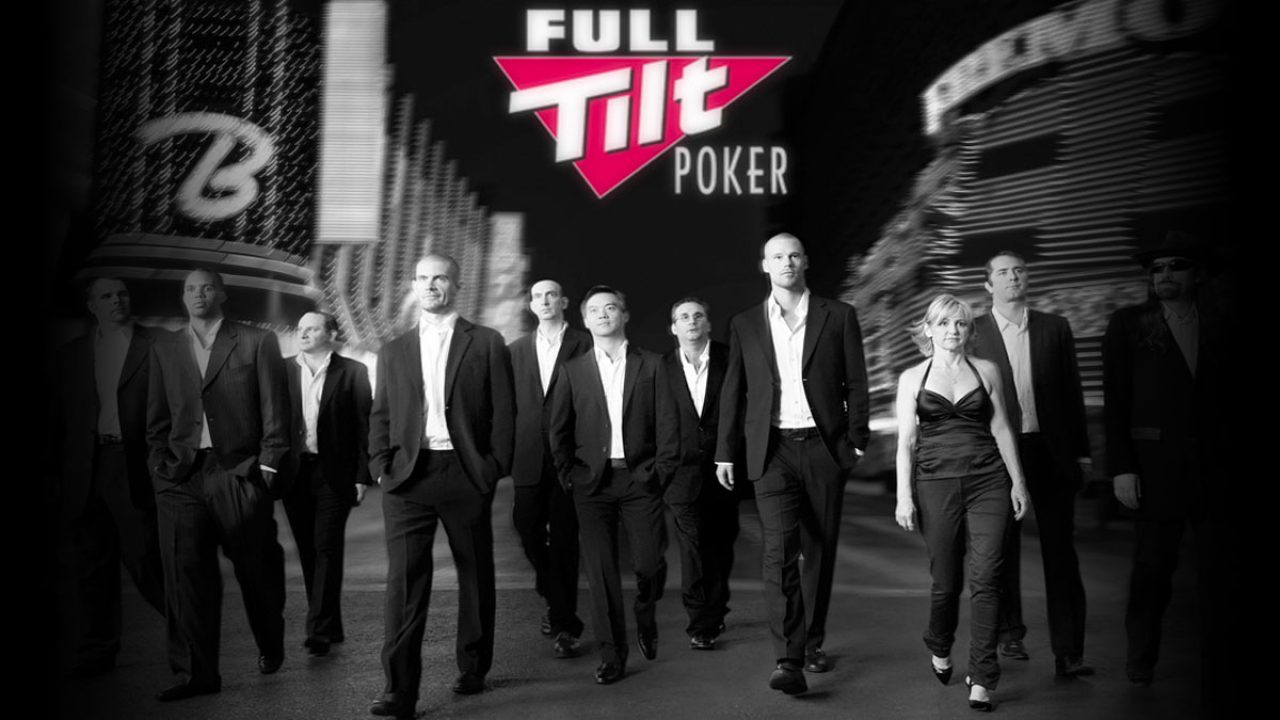
Full Tilt Poker – Introduction
In the early 2000s, Chris Ferguson, a skilled poker player with more than five WSOP gold bracelets, and Ray Bitar, a former day trader who identified potential in the online gambling business, collaborated to create the website now known as Full Tilt Poker.
In June 2004, Full Tilt Poker's virtual money version was introduced. Because of its popularity, the game's original money edition was released a month after the free version. The website was run by the software development and licensing firm Tiltware, where it got its name.
Why did Full Tilt Poker become one of the leading poker sites?
The list of well-known players in Full-tilt poker was what first attracted people's attention. Full Tilt soon rose to the top among poker enthusiasts thanks to players like Phil Ivey, Chris Ferguson, Howard Lederer, and Tom Dwan donning their logos and directly interacting with the general public while playing poker.
Second, in the early to mid-2000s, Full Tilt Poker was instinctive and highly advanced. It was ahead of its time, with an attractive design and humorous avatars while providing a very user-friendly and convenient interface.
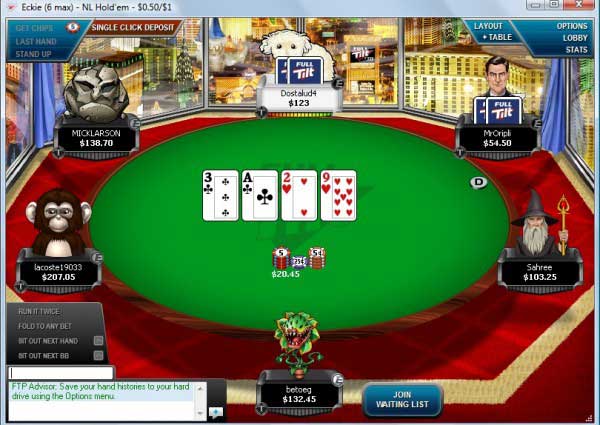
The concept of being able to play poker hands alongside their favourite professionals and see them play in their natural environment was adored by regular players.
The expansion of Full Tilt Poker at the time looked unstoppable like what GGPoker is doing nowadays. Even though PokerStars had more players, Full Tilt rapidly established its position in poker. The room featured an exceptional program, well ahead of its competitors, and an imposing list of professionals.
The biggest high-stakes action
Online poker saw a massive global expansion in 2005. Due to their success, several eminent pros got five- and six-figure fees for representing Full Tilt Poker and PokerStars. The only poker site that competed with PokerStars, FTP, attracted hundreds of thousands of players thanks to its catchphrase, "Learn, Chat, and Play with the Pros," which is still well recognized.
The club received a ton of additional exposure with its sponsorship of High Stakes Poker, probably the most popular poker event ever shot on film.
In addition to this, many players visited Full Tilt only to see high-stakes cash game action.
The Scandal/What happened on Black Friday
On April 15, 2011, often known as "Black Friday" in the online poker community, the US Department of Justice froze the assets of the four major US-based poker sites (PokerStars, Full Tilt Poker, Absolute Poker, and UB), including any player funds still in those accounts.
Full Tilt, which was prospering due to its choice to accept US players up until that time, its Rush Poker, and its expanding reputation as the natural home of professional poker players, virtually had its death knell sounded in a single day.
First signs
Full Tilt Poker ended US operations since it is now virtually under US government control. Five days later, the businesses and the DOJ came to a settlement that permitted Full Tilt Poker to reopen its international domains and begin collecting money to reimburse US players who the Black Friday events had negatively impacted.
Unfortunately, the business had not retained enough of its assets to be able to fully reimburse each player, something they would never have to do absent a catastrophe of this magnitude.
However, the financial pressure that prohibited player payments was unnecessary because millions had already been paid out to the company's senior founders and executives. For this reason, Full tilt management was charged with misappropriating player cash as they don’t have any cash left to pay to ordinary players.
Broke down.
By June of the same year, 2011, Full Tilt Poker's license to operate online had been revoked by the Alderney Gambling Control Commission since they could still not reimburse all of its former US players due to missing and confiscated funds.
At that time, gaming on all Full Tilt Poker websites worldwide once again came to a stop. Exasperated former players and analysts had a field day attacking the website's careless financial system.
What happened to the owners of the Poker Room?
After the scandal broke, Full Tilt Poker ceased to exist. But what happened to the individuals who were behind it?
Ray Bitar
When the Full Tilt Poker scandal broke, Ray Bitar, the company's CEO, was charged with significant offences. The allegations against Bitar, which included wire fraud, embezzlement, and other violations, first gave the impression that he may wind up serving a lengthy jail term.
He was able to reach an agreement with the authorities and avoid spending any time behind bars.
Bitar's assertion that he had a terrible heart issue persuaded the judge and the prosecution to spare him.
Howard Lederer
Howard Lederer was one of the main offenders for what occurred at Full Tilt. Investors highly regard him and refer to him as Professor. The players thought their trust in him was misplaced.
Lederer said he was unaware of what was happening behind the scenes and solely took responsibility for his lack of involvement in ensuring the safety of the players.
Regarding the legal repercussions, Lederer settled the civil complaint with the government for $1.25 million and other property items.
Chris Ferguson
Chris was one of the original Full Tilt founders and a very skilled player earning the nickname "Jesus" for his long hair and beard.
He and Lederer arranged with the Department of Justice following the Full Tilt incident, paying $2.35 million and forfeiting an undisclosed sum of money stored in an account in his name.
Howard and Ferguson returned to the 2016 WSOP. He wasn't welcomed, like Lederer, but it didn't affect him all that much. He ignored the press and concentrated on his poker game.
What happened to Full Tilt Poker after the Scandal?
In July 2012, Full Tilt Poker's assets were agreed to be purchased by former rival PokerStars, which was similarly harmed by the events of Black Friday but was able to repay its affected former US player pool promptly. The acquisition agreement required the full repayment of all unpaid player accounts.
In addition, PokerStars' ability to compensate each US player, swift market departure, and, most crucially, payment of several hundred million dollars to the US government allowed them to bounce back from Black Friday so effectively and even maintain their position as the leading poker site in the world.
Following its 2012 acquisition, Full Tilt Poker relaunched as a Play Money site in beta for players wishing to hone their online poker abilities or enjoy the game without risk.
US gamers were allowed to download the program and gamble with Play Money. In November 2012, Full Tilt Poker returned to non-US players for real money online poker.
The iconic poker room disappeared.
There is a Full Tilt Poker domain, and the brand is still active today as a component of PokerStars.
You'll see it's genuinely PokerStars when you open the room and see PokerStars games and other activities.
It played such a significant role in poker history. But all that's left is the name.

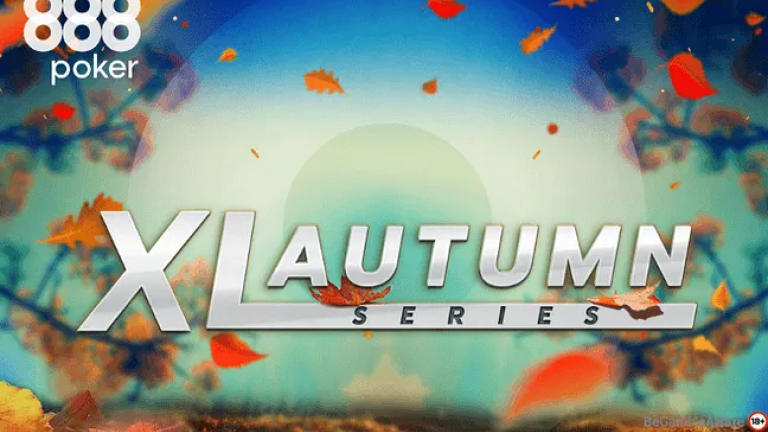
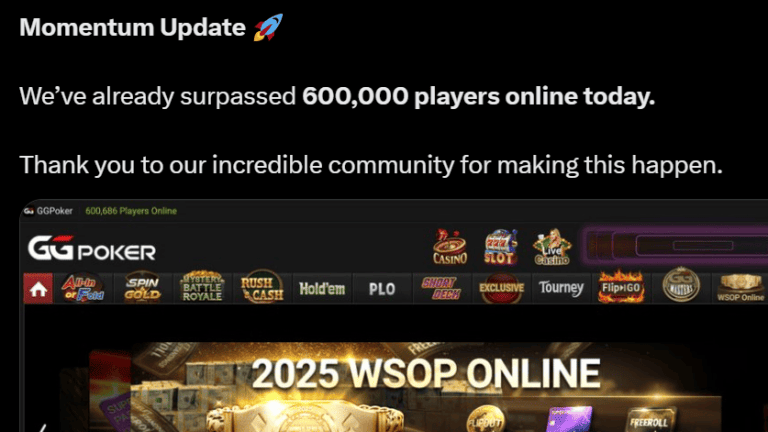
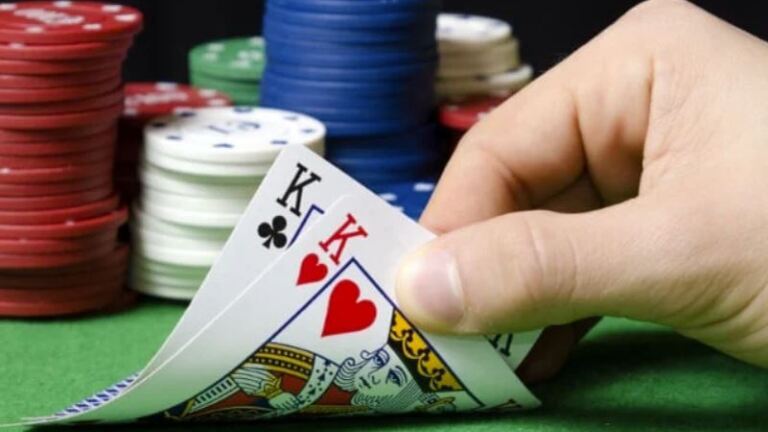
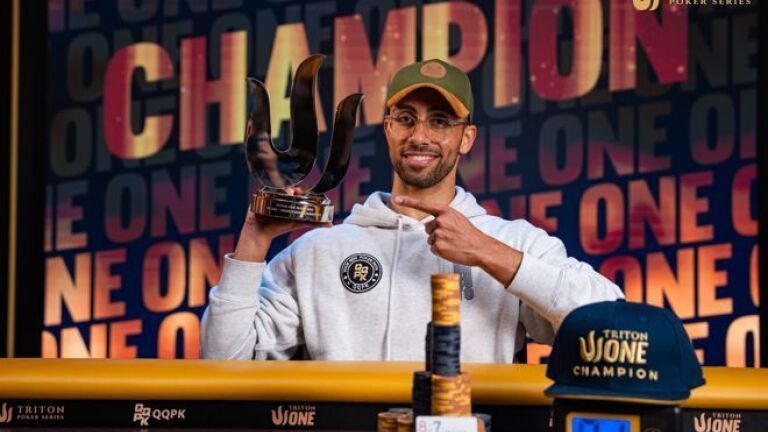










0 comments